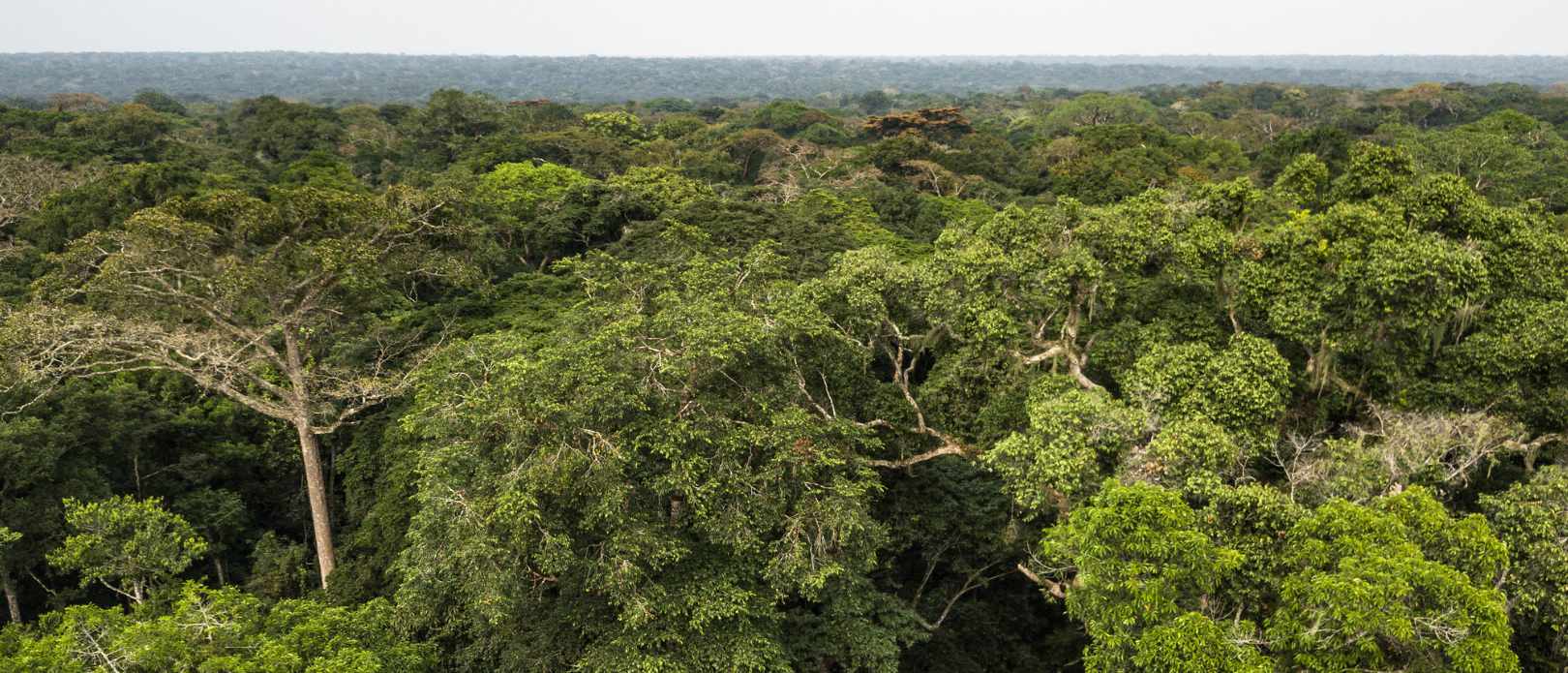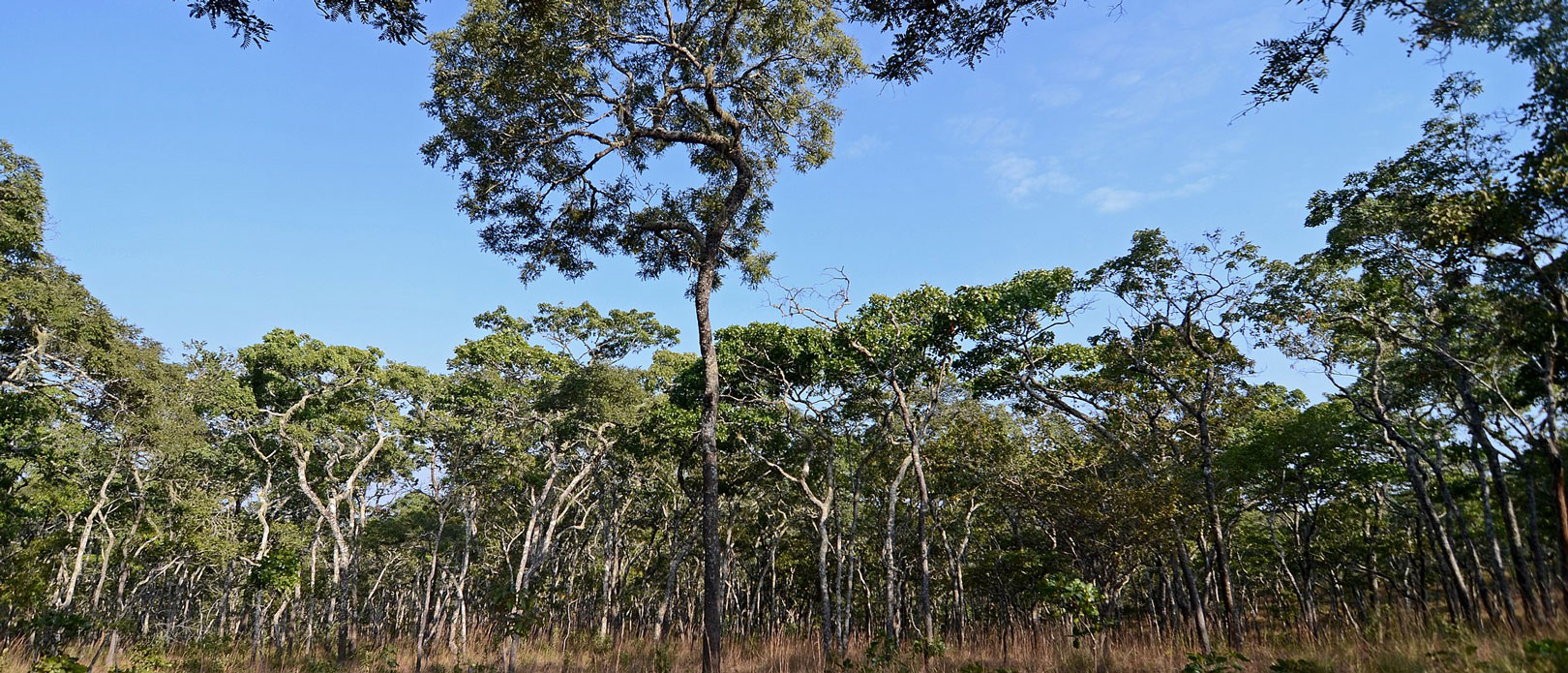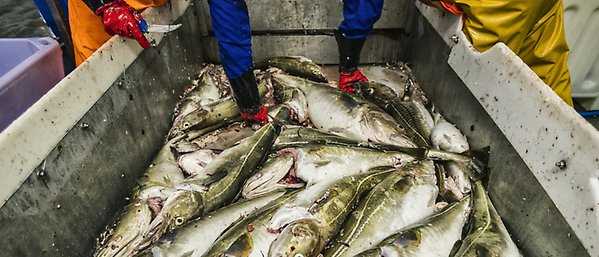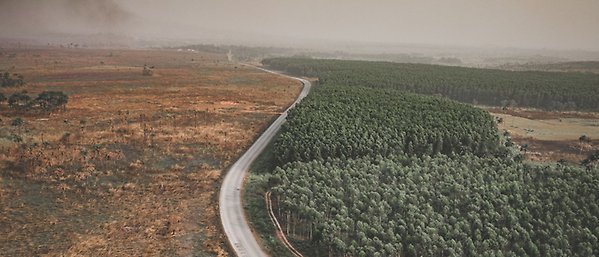RAINFORESTS AND DROUGHT
Amid drought, trees’ ability to store water defines their resilience
Trees in the rainforest can increase their resilience to drought by improving the capacity of their roots to store moisture
- A time series of remotely sensed tree cover change spanning two decades was analysed to investigate rainforest stability and resilience
- The study looked specifically on the trees abilities to actively invest in root zone moisture storage capacity as a way to adapt to water-stress
- The results contribute to a better understanding of ecosystem resilience which can play a crucial role in rainforest management and conservation efforts
SAVE IT FOR A DRY DAY: It is well-known that tropical rainforest can switch relatively abruptly from a closed canopy forest to an open savannah due to a combination of logging and climate-induced water-stress. This is problematic because rainforests support much more biodiversity, contribute considerably to the water cycle through transpiration and play a much greater role in storing carbon dioxide than savannah ecosystems.
Understanding the resilience of rainforest trees to drought is key in forest management and conservation efforts.
Rainforests in South America and Africa
Now, a new study has looked into one important aspect of this: the trees’ ability to increase the amount of moisture that can be stored in their root systems.
“Ignoring this ability can underestimate the resilience of the forest ecosystems,” explains centre researcher Chandrakant Singh, first author of a new study published in the journal Global Change Biology.
In addition to Singh, the author list also includes centre researchers Lan Wang-Erlandsson and Ingo Fetzer. The study was done in collaboration with the Bolin Centre for Climate Research at Stockholm University, the Delft University of Technology and Utrecht University.
It focused on tropical rainforests in South America and Africa for the period 2000-2019. The forests surround the Amazon River in South America and the Congo River in Africa and are the two largest rainforest ecosystems in the world. They both play huge roles by storing carbon, hosting biodiversity and recycling moisture, as well as supporting human well-being at local, national and international levels.
Faster transitions at intermediate tree cover
The study found that the tropical terrestrial ecosystems were in general more resilient when tree cover was either high (>75%) or low (<10%) due to their capacity to invest in subsoil storage. In contrast, ecosystems at intermediate tree cover (30-60%) had already maximised their root moisture storage, and hence less resilient to droughts.
Though previous studies also hypothesised a similar trend using a space-for-time assumption. This study provides temporal evidence that the ecosystem change leading to a regime shift—in the context of both tree cover loss and gain—is indeed intensified at intermediate tree cover. This improved representation of ecosystem resilience can play a crucial role in management and conservation efforts of these globally important tropical rainforests.
Congo more resilient than previously presumed
Considering root zone storage capacity along with mean precipitation allowed the researchers to evaluate the invisible buffering responses of forest ecosystems. This is critical to the stability of the forest ecosystems, says Singh.
High wet-season precipitation in Amazon rainforests have allowed for larger subsoil storage than the Congo rainforests. In contrast, grass species in Congo rainforests have evolved to be highly water-efficient which reduces the competitiveness between trees and grasses for moisture uptake. This increases the resilience of the overall Congo rainforests which other studies do not consider.
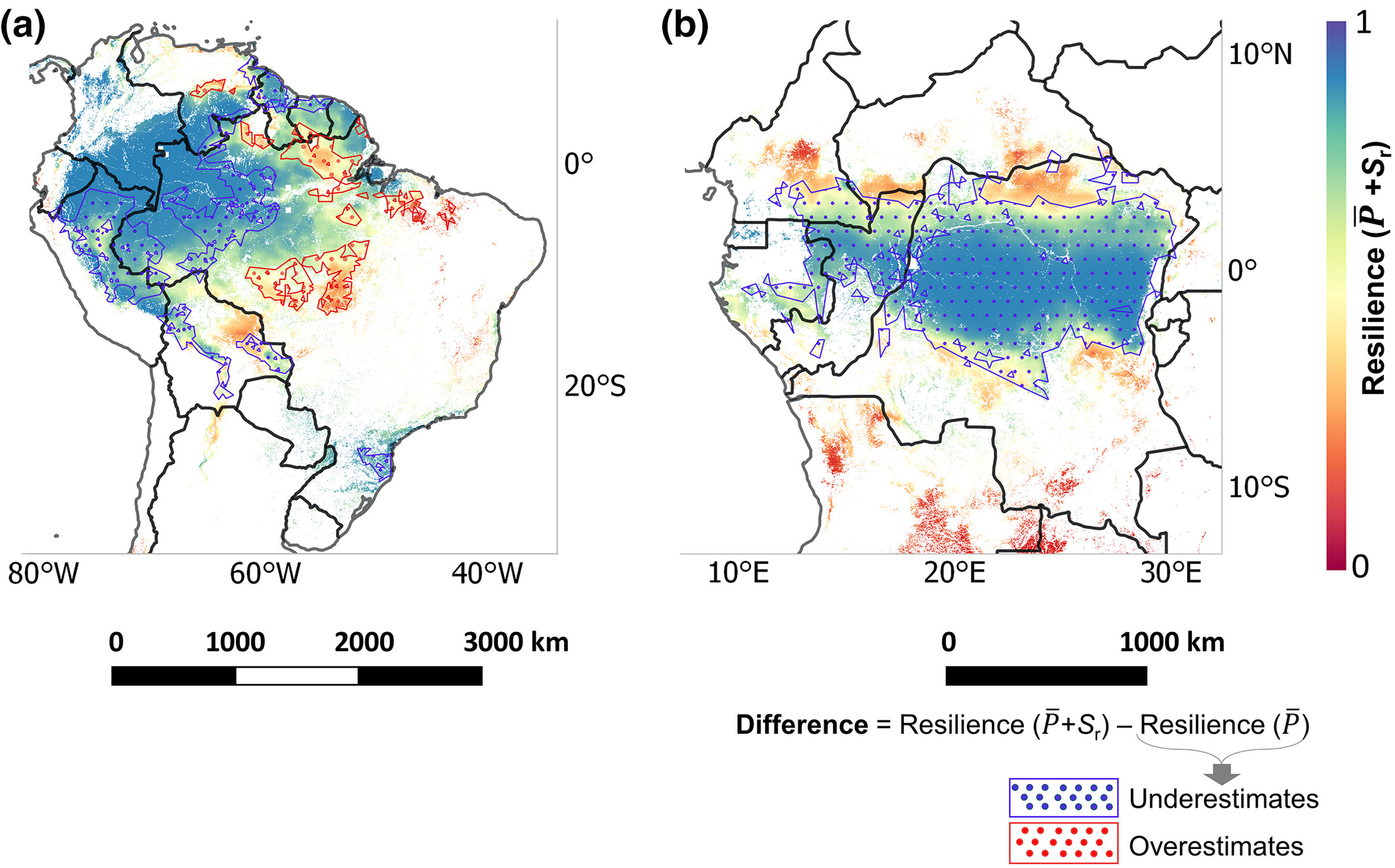
The study’s resilience calculations for (a) the Amazon and (b) Congo rainforest. (From ‘1’= highest, to ‘0’=lowest resilience). Considering only P (mean precipitation) and not Sr (root zone storage capacity) reveals that the resilience was underestimated in large areas of the rainforests.
Methodology
Determining stability landscape: A sample size of 1,000,000 pixels each—from both continents—was chosen and analysed separately for South America and Africa. This sample was used to determine the tree cover change in the ecosystem structure in the last two decades as follows:
Tree cover change = Mean tree cover (2017-2019) - Mean tree cover (2000-2002)
Then, the researchers classified the sample into four classes based on mean precipitation, with each precipitation class representing 25% of the total land area. They further separated each of these precipitation classes into tree cover gain (i.e., Tree cover change ≥ 0) and tree cover loss (Tree cover change < 0). After classifying, they grouped the samples into separate bins sorted by mean tree cover (2000-2019) such that each bin represented an equal area (i.e., 2,500 sampled pixels).
Determining forest resilience: The researchers adapted Hirota et al. (2011) methodology for determining resilience using logistic regressions. The logistic regression predicts the probability of forest (tree cover > 50%) as a function of the independent variable. Previously, Hirota et al. (2011) had only considered mean precipitation as the only independent variable. However, the new resilience metric proposed in this study also considered Sr as an independent variable representing the drought buffer capacity of the forest ecosystems.
